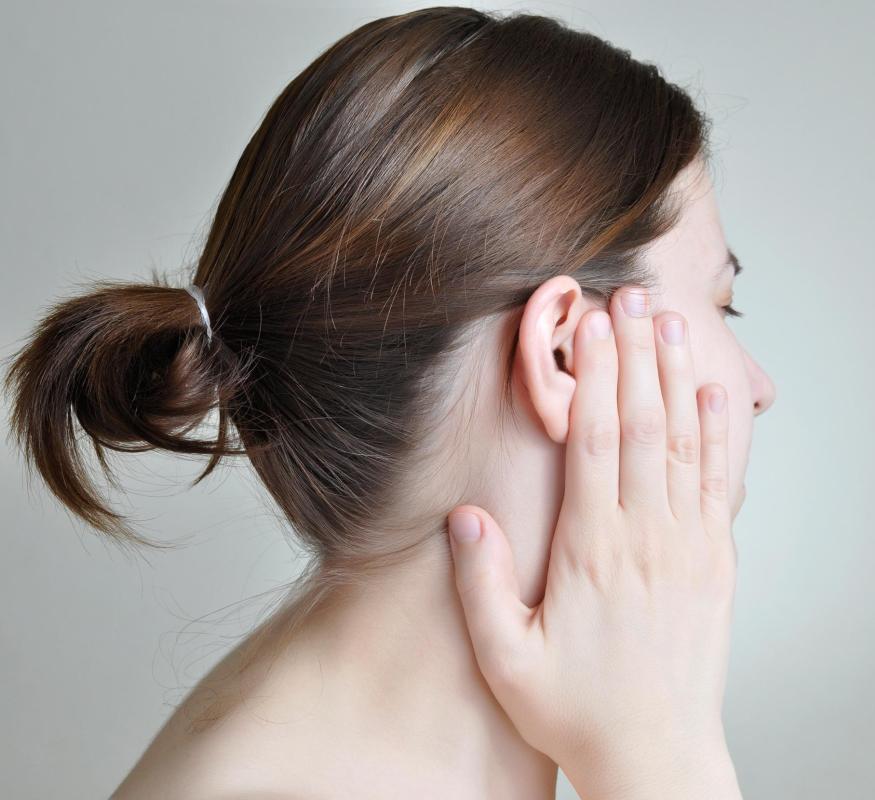At WiseGEEK, we're committed to delivering accurate, trustworthy information. Our expert-authored content is rigorously fact-checked and sourced from credible authorities. Discover how we uphold the highest standards in providing you with reliable knowledge.
What is Tinnitus Retraining Therapy?
Tinnitus is the perceived sound of ringing in the ears and is a symptom of inner ear damage. Since tinnitus is perceived noise, there is no objective way to measure or physically treat it. Tinnitus retraining therapy uses low noise along with psychological techniques to help a sufferer become less aware of the ringing sensation.
Tinnitus retraining therapy was developed by Dr. Pawel Jastreboff in the mid 1980s and officially published to the medical community in 1990. As a professor at Yale University, Jastreboff researched to discover the different pitches and tones of tinnitus in order to develop treatments for the various noise levels. After interviewing people with tinnitus, he found out that not all people were even bothered by the noises and some had gotten quite used to them. Jastreboff’s research also concluded that there was no significant difference in the volume of the noise, but rather the individual person’s perception of the noise.

After his research concluded that some tinnitus sufferers could ignore the ringing sounds, Jastreboff came up with the central principles of his tinnitus retraining therapy model. It was based on the notion that all sensory information occurs within several levels of the nervous system and ultimately ends at the cerebral cortex, the area of the brain responsible for perceptual awareness. He believed that noises that are a daily occurrence, such as a refrigerator humming or cars driving by, are not as noticeable to people because their nervous systems know the noises are insignificant and don’t require an auditory signal to the cerebral cortex.
Jastreboff believed the nervous system could be trained to process the ringing noises of tinnitus as insignificant, a method referred to as habituation. The first condition of tinnitus retraining therapy is to eliminate any negative psychological associations pertaining to the tinnitus sounds, and the second condition is to keep the patient’s ability to detect the noises during treatment. If the patient doesn’t know how to be aware of the noises during treatment, he or she may not be able to actively retrain them.
Tinnitus retraining therapy generally lasts for one to two years and involves a patient wearing a noise transmitting device behind his or her ear whenever tinnitus is most prevalent. A therapist transmits low, broadband noise through the device because silence may temporarily worsen tinnitus. Since the noise transmitting device covers the silence that makes tinnitus worse, a patient may begin to feel less annoyed by the noises and stop associating negative emotions with the tinnitus. The broadband frequencies are thought to stimulate the nervous system in order to reprogram it to ultimately view tinnitus as an insignificant noise, rather than a stressful or bothersome noise.
AS FEATURED ON:
AS FEATURED ON:











Discuss this Article
Post your comments